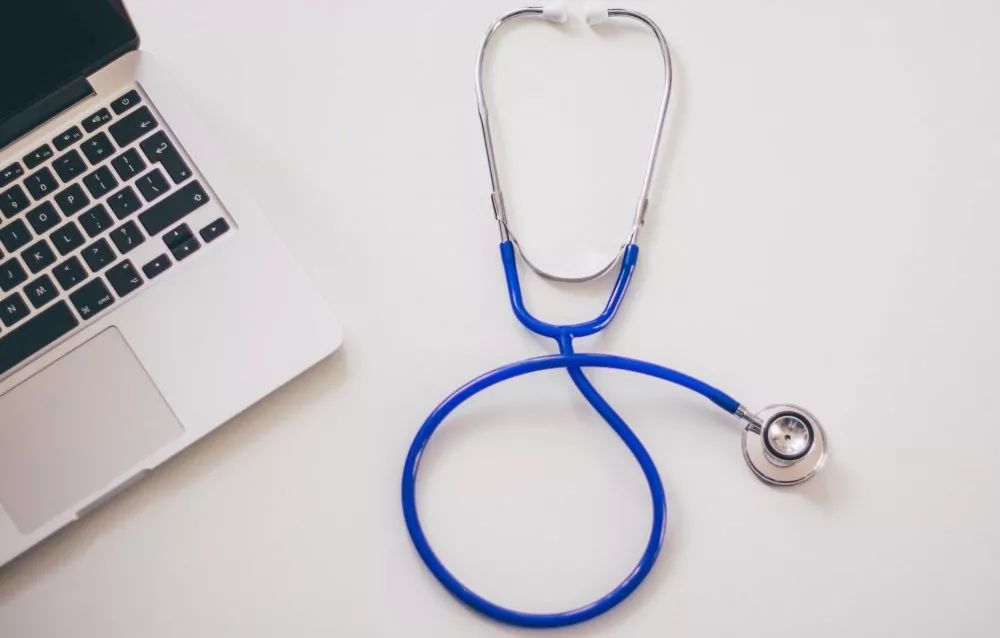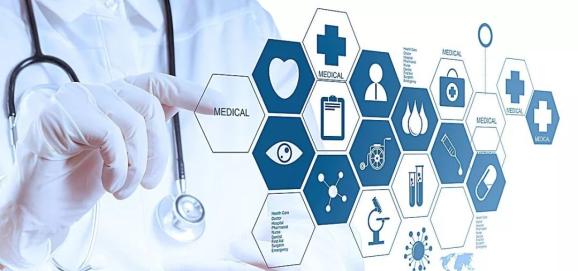Emergency response to public health emergencies

What is emergency response to public health emergencies
Emergency response to public health emergencies means that when public health emergencies occur, the government of the place where the incident occurs makes decisions, deployments and unified commands according to the needs of the prevention and control situation, and organizes and coordinates emergency response work within the administrative area.
According to the nature, degree of harm, and scope of public health emergencies, public health emergencies are divided into four levels: particularly serious (level I), major (level II), large (level III), and general (level IV).
There are 7 types of particularly major public health emergencies (level Ⅰ), 13 types of major public health emergencies (level II), and 9 types of major public health emergencies (level III), with general emergencies There are 5 cases of public health events (grade IV).
Under what circumstances will a major public health emergencies level I be initiated?
One of the following seven situations is a particularly major public health emergency (Level I): First, pneumonic plague and pulmonary anthrax occur in large and medium-sized cities and have a tendency to spread, or pneumonic plague and pulmonary anthrax have spread to our province and Other provinces, and there is a trend of further spread. The second is the occurrence of infectious atypical pneumonia and human infection with highly pathogenic avian influenza, and there is a tendency to spread. Third, the mass diseases of unknown cause in our province spread to other provinces, or the mass diseases of unknown cause in other provinces spread to our province, and there is a tendency to spread. Fourth, new infectious diseases or infectious diseases that have not yet been discovered in our country have occurred in our province or have been introduced into our province, and there is a tendency to spread, or infectious diseases that have been eliminated in our country are found to be epidemic again in our province. Fifth, the occurrence of severe disease strains, virus strains, pathogenic factors and other loss events. Sixth, a major epidemic of infectious diseases has occurred in countries and regions that are open to navigation with our province, and imported cases have been found in our province. Seventh, other particularly major public health emergencies that occurred in our province recognized by the health administration department of the State Council.
Since the first confirmed case of pneumonia with a new type of coronavirus was discovered in our province on January 21, as of 24:00 on January 27, a total of 87 confirmed cases of pneumonia with a new type of coronavirus have been reported in Shandong Province, including 13 in Qingdao. The discovery of confirmed cases imported from other provinces into our province in many cities across the province indicates that the epidemic has begun to spread in parts of our province and has a trend of further expansion. Since the source of infection and the means of transmission are still unclear, the duration of the epidemic is difficult to predict, it is extremely difficult to control, and it poses a great threat to public health. In view of the current situation of epidemic prevention and control, the provincial expert group discussed and judged: According to the "Emergency Response Law of the People's Republic of China", "The Law of the People's Republic of China on the Prevention and Control of Infectious Diseases", "Shandong Province Overall Emergency Response Plan", and "Shandong Province "Issued the Emergency Plan for Public Health Incidents" and other laws and regulations and relevant plans. The current pneumonia epidemic of new coronavirus infection in our province complies with the "Emergency Plan for Public Health Emergencies in Shandong Province" stipulated that "new infectious diseases or infectious diseases that have not yet been discovered in our country" It occurs in our province or is introduced into our province, and there is a response condition of "proliferation trend". The provincial government decided to initiate a Class I response to major public health emergencies.
What does the government need to do after initiating Level I response to major public health emergencies
1. After the I-level response is initiated, the main responsible persons of the party committees and governments at all levels will be in charge to mobilize all resources to ensure the implementation of various prevention and control measures.
2. Carry out a wide range of social mobilizations and integrate the power of the province to carry out prevention and control work. The party committee, government and various departments, related enterprises and institutions, grass-roots organizations, social groups, and the general public will cooperate and jointly participate in the prevention and control cause .
3. The government can take compulsory measures such as restricting population movement and determining the isolation of people in epidemic areas in accordance with laws and regulations to effectively prevent the spread of the epidemic.
What needs to be done by the public after initiating Level I response to major public health emergencies
1. Reduce unnecessary contact. Minimize going out and avoid closed public places and crowded places with no air circulation. Please remember to wear a mask when you go out. Medical masks, especially surgical masks, can block most of the virus-containing droplets. Try to minimize contact with people returning from the epidemic city. It is best to cancel the trip if you have plans to go out in Hubei, Wuhan and other places.
2. Pay attention to personal hygiene protection. Develop good living habits, open windows regularly for ventilation, and keep indoor air circulating. Wash your hands with running water + soap/hand sanitizer or use alcohol-based hand sanitizer for at least 20 seconds each time after coughing, before eating and after going to the toilet, touching or handling animal excrement. Use tissues or sleeves to cover your mouth and nose when coughing and sneezing to prevent the spread of droplets.
3. Maintain safe eating habits. Do not buy and eat game, go to seafood, live poultry markets or farms less, and try to avoid contact with wild or farmed animals. Make sure to cook all kinds of meat and eggs, and separate the cutting boards and knives for raw and cooked food.
4. Actively implement home isolation. Persons with a history of living in Wuhan, Hubei, please take the initiative to stay at home for 14 days, and do not visit relatives or friends or contact with outsiders within 14 days. During the home quarantine period, if you or your family have respiratory symptoms such as fever, fatigue and dry cough, put on a mask and go to the fever clinic of the hospital for timely treatment, actively inform whether you have been to Wuhan recently, and clarify the recent direct contact. It is a medical institution Scientific and timely diagnosis and treatment provide effective information.
5. Launch a patriotic health campaign. The whole people are actively carrying out cleaning and sweeping to eradicate the breeding and spreading soil of the virus. At the same time, all units and major bazaars have carried out sanitary rectification to create a clean and tidy production and living environment.
6. Strengthen joint prevention and control early warning. Please supervise each other and find that someone from Wuhan, Hubei did not observe the home isolation, promptly advise or report to the local health department, group prevention and group control, strict prevention, and work together to keep one side safe.

Source: Shandong Government Network
Original title: "Interpretation of relevant policies on emergency response to public health emergencies"



